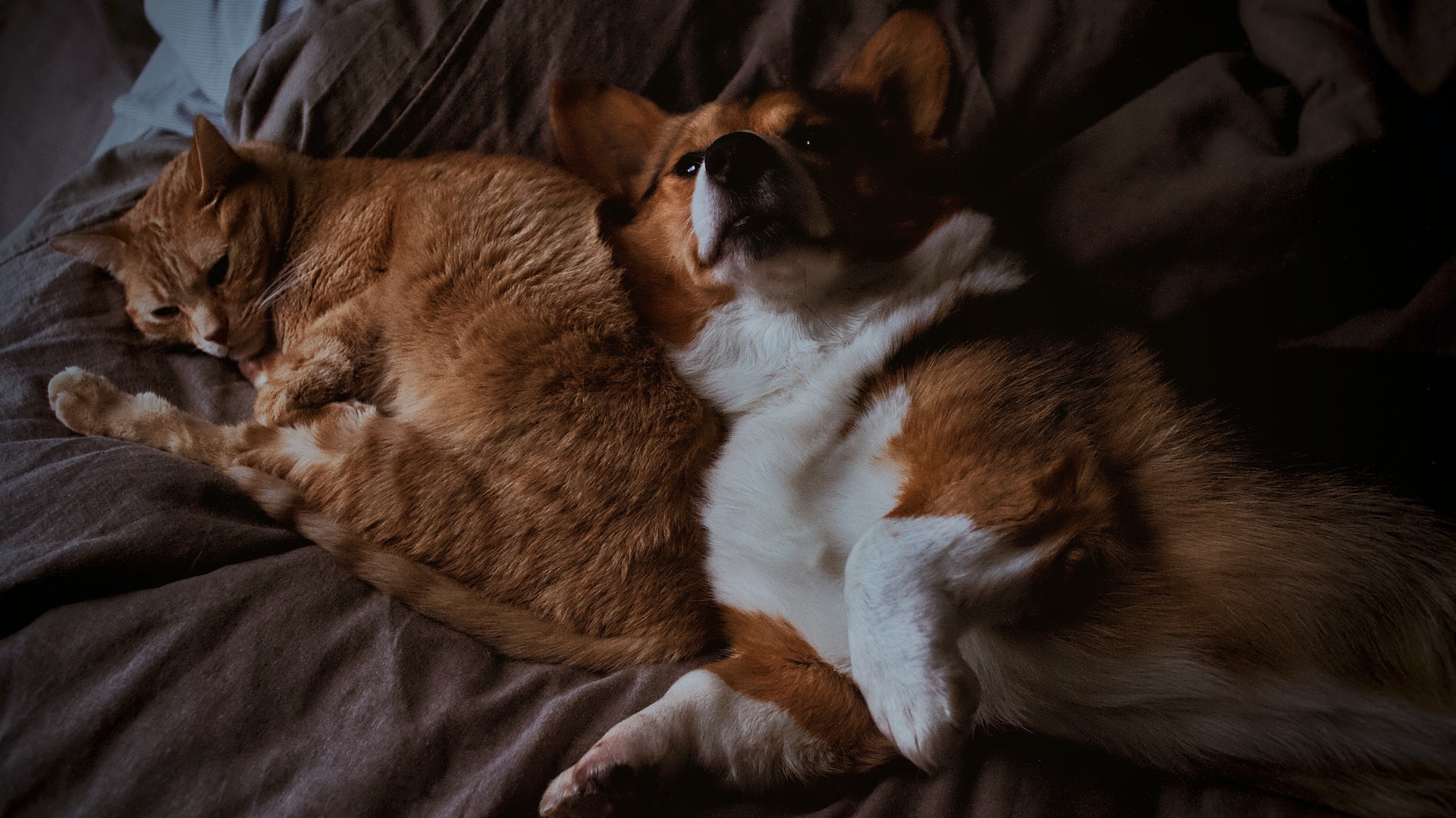
13 Oct Can Periodontal Disease in Dogs and Cats Be Treated?
Yes, periodontal disease in dogs and cats can be treated. Periodontal disease is a common dental problem in dogs and cats. It can range from mild gingivitis to severe periodontitis.
Gingivitis is the first stage of periodontal disease and involves inflammation and infection of the gingiva with plaque bacteria. Periodontitis is when periodontal disease extends below the gumline and involves some amount of breakdown of the surrounding tissues, namely gingiva, and bone. Treatment typically involves a combination of professional dental cleaning under anesthesia by a veterinarian and at-home dental care by the pet owner.
Understanding Periodontal Disease Treatment for Dogs and Cats
Here are the steps involved in treating periodontal disease in dogs and cats:
- Professional Dental Cleaning: Your veterinarian will perform a thorough dental examination and should always include dental X-rays to assess the extent of the disease. The first step is often a professional dental cleaning, which is always done under anesthesia. During the cleaning, the veterinarian and their trained veterinary technicians will remove plaque, tartar, and calculus from the teeth and below the gumline. This is a critical step in treating periodontal disease as it removes the source of infection.
- Periodontal Surgery: Many teeth that have been impacted by periodontal disease can actually be saved with periodontal surgeries, such as root planing procedures or gingival surgeries. Some of these surgeries are considered advanced and should be performed by a board-certified veterinary dentist.
- Dental Extractions: In more advanced cases of periodontal disease, dental extractions may be necessary. This involves the removal of severely damaged or infected teeth that cannot be saved. Your veterinarian will decide which teeth, if any, need to be extracted based on their assessment. Dental extractions are surgical procedures that require a wide variety of dental instruments. Dental radiographs are always taken before and after the extraction procedure.
- Antibiotics: In some cases, antibiotics may be prescribed, but this treatment has fallen out of favor with most board-certified veterinary dentists and many general practice dentists. There is scant, if any, data that supports their usage since they have not been found to impact the outcome of the procedure. This may seem counterintuitive since plaque bacteria are the inciting cause of periodontal disease. However, these bacteria colonize on the exposed root surface where there is little blood supply, especially after the surrounding bone and periodontal ligament have been broken down.
- At-Home Dental Care: To prevent the recurrence of periodontal disease, it’s essential to establish a regular dental care routine at home. This includes brushing your dog or cat’s teeth daily with a pet-specific toothbrush and toothpaste. This can be extremely challenging for many cat owners, since our feline friends are less compliant to having their mouths handled than our dogs. It may also be beneficial to combine tooth brushing with dental chews or toys designed to help clean teeth. Dental rinses or gels may also help. It must be stressed that you should always consult with your veterinarian and their team members about acceptable chew treats, toys, and rinses. Many of the products available at pet stores and supermarkets can harm pet teeth. There is a wide variety of chew toys for dogs that are commonly sold at pet stores that are far too hard and can actually fracture your dog’s teeth. Again, always consult with your veterinarian regarding home dental care for your pet.
- Follow-Up Care: Periodontal disease is a chronic condition, so regular follow-up visits to the veterinarian are essential. These visits allow the vet to monitor the dog’s oral health and make any necessary adjustments to the treatment plan.
The Importance of Treating Periodontal Disease in Pets
It’s important to address periodontal disease promptly because left untreated, it will lead to pain, tooth loss, and more severe health problems as the infection can spread to other parts of the body. It has been shown that periodontal disease is associated with negative histologic (tissue) changes in the heart, liver, and kidneys of dogs and cats. It has also been shown that the more advanced the periodontal disease becomes, the worse the negative changes in these vital organ systems become. Regular dental check-ups and preventive care can help maintain your dog’s oral health and prevent the progression of periodontal disease. Always consult with your veterinarian for the best treatment plan and guidance on managing your dog’s dental health.
Dog and Cat Vet Dentist in Colorado Springs, CO
If you have any questions regarding your pet’s dental health and the risk of periodontal disease, please contact us at Animal Dental Care and Oral Surgery in Colorado Springs at 719-536-9949 or info@wellpets.com
Images used under creative commons license – commercial use (10/13/2023). Photo by Brianna Tucker on Unsplash

